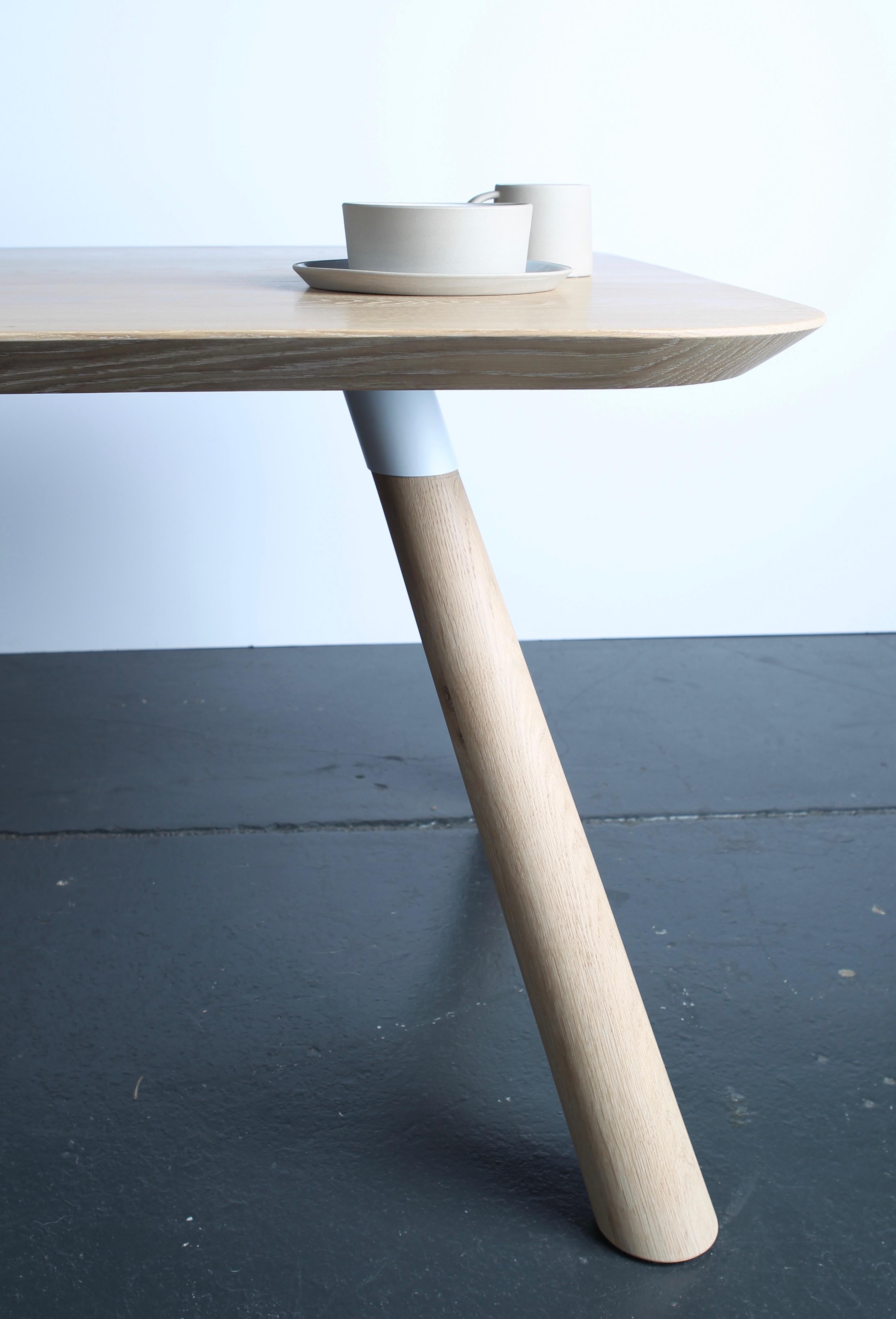DomDru
Member
Hi all,
This may be a strange for for experienced makers, but How do I decide on a board thickness for a piece of furniture? Previous projects I made, where rather traditional, so I just checked what a similar piece would use and used same thickness boards. Now I'm designing a dining table with a central support. similar to a coffee table I have made last year.

First of all, how do I make sure the wood is strong enough and will not sag over time? I really want to keep the table looking as light as possible for the aesthetics, as well as the lumber cost. I think I have a good idea of what would work for this one, but I'm open for suggestion from someone who's more experienced.
Second problem is something I got wrong on my coffee table. My coffee table twists slightly. The central pillar is strong enough but can flex a little around the vertical axis. If pushed the top can twist around 5 degrees. That is not a problem for a small coffee table, but I really don't want this to happen on a large dining table. How do I redesign/reinforce the pillar so it's a lot stiffer and doesn't twist?
Thanks,
Dom
This may be a strange for for experienced makers, but How do I decide on a board thickness for a piece of furniture? Previous projects I made, where rather traditional, so I just checked what a similar piece would use and used same thickness boards. Now I'm designing a dining table with a central support. similar to a coffee table I have made last year.

First of all, how do I make sure the wood is strong enough and will not sag over time? I really want to keep the table looking as light as possible for the aesthetics, as well as the lumber cost. I think I have a good idea of what would work for this one, but I'm open for suggestion from someone who's more experienced.
Second problem is something I got wrong on my coffee table. My coffee table twists slightly. The central pillar is strong enough but can flex a little around the vertical axis. If pushed the top can twist around 5 degrees. That is not a problem for a small coffee table, but I really don't want this to happen on a large dining table. How do I redesign/reinforce the pillar so it's a lot stiffer and doesn't twist?
Thanks,
Dom

































